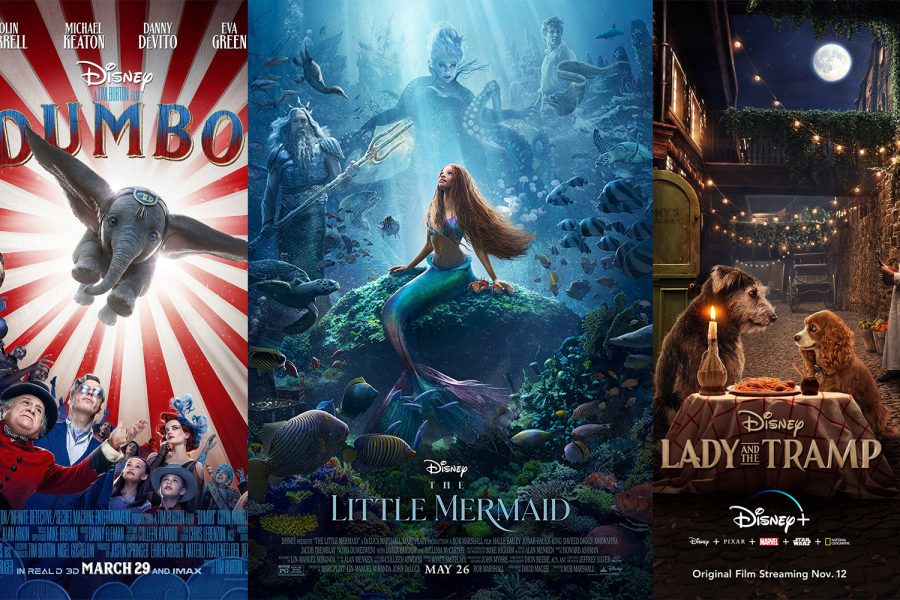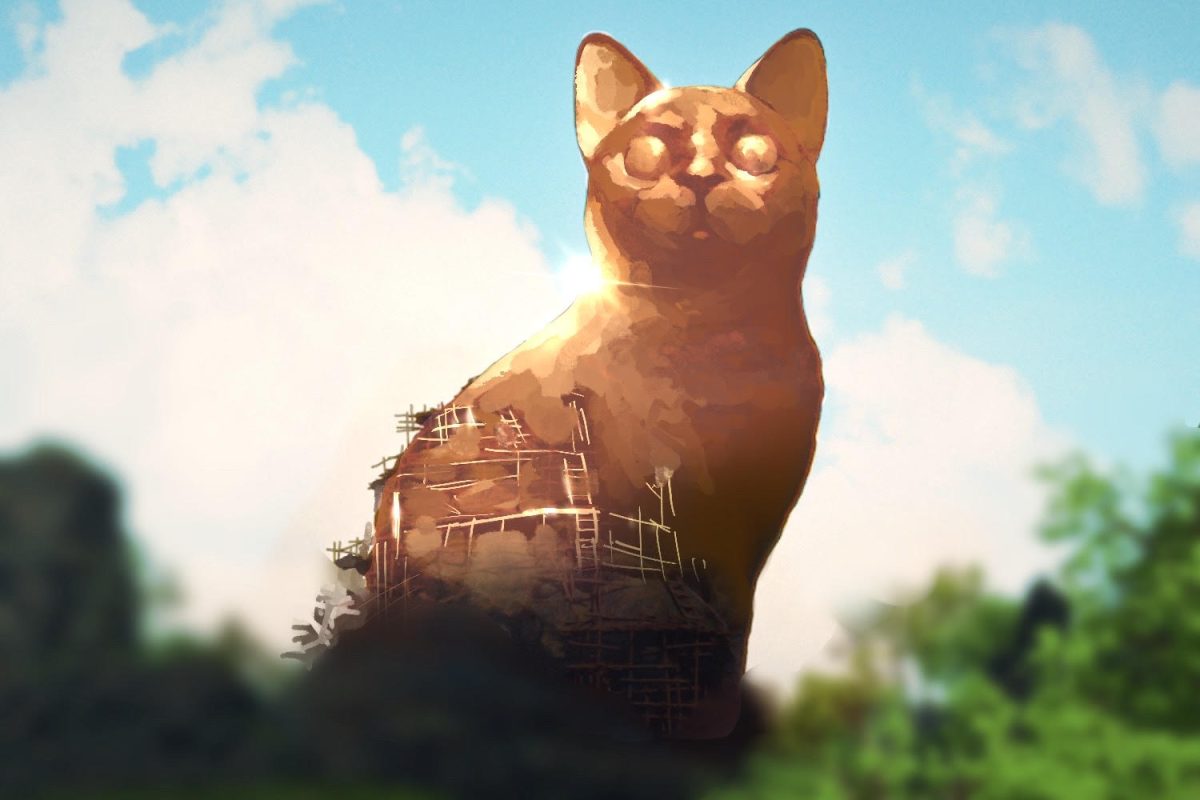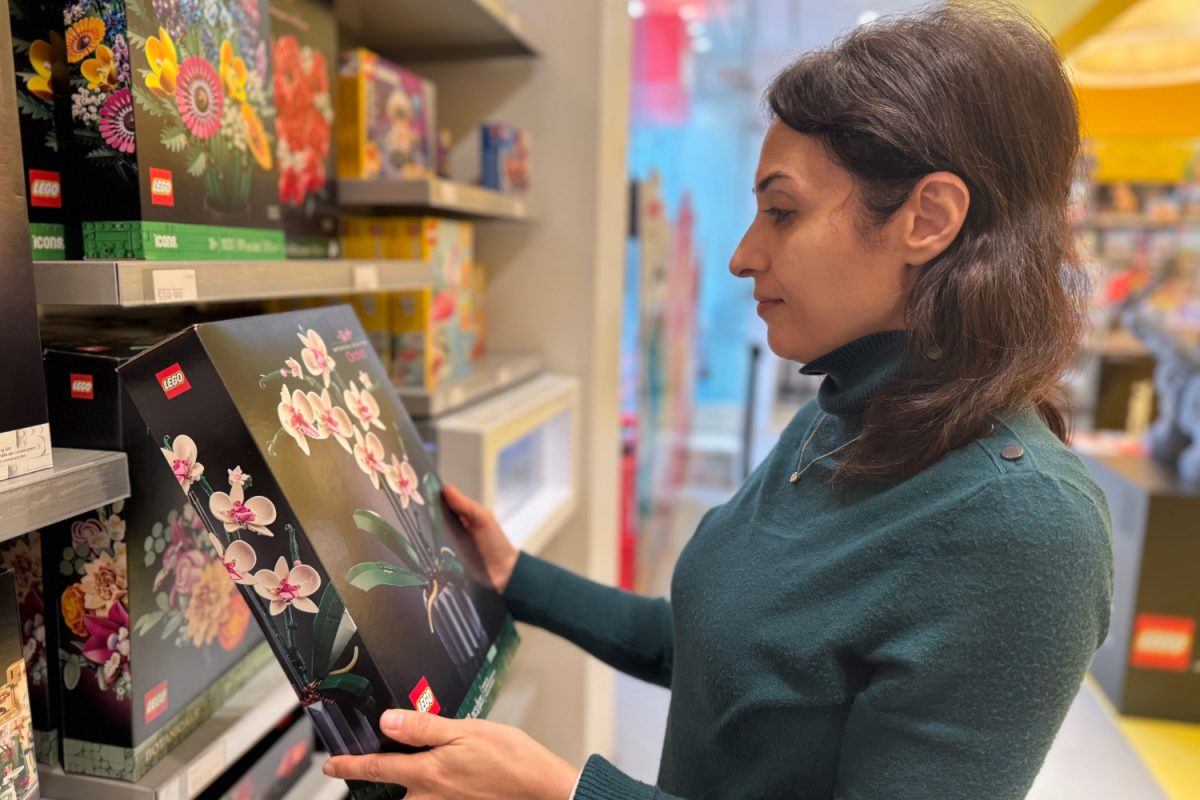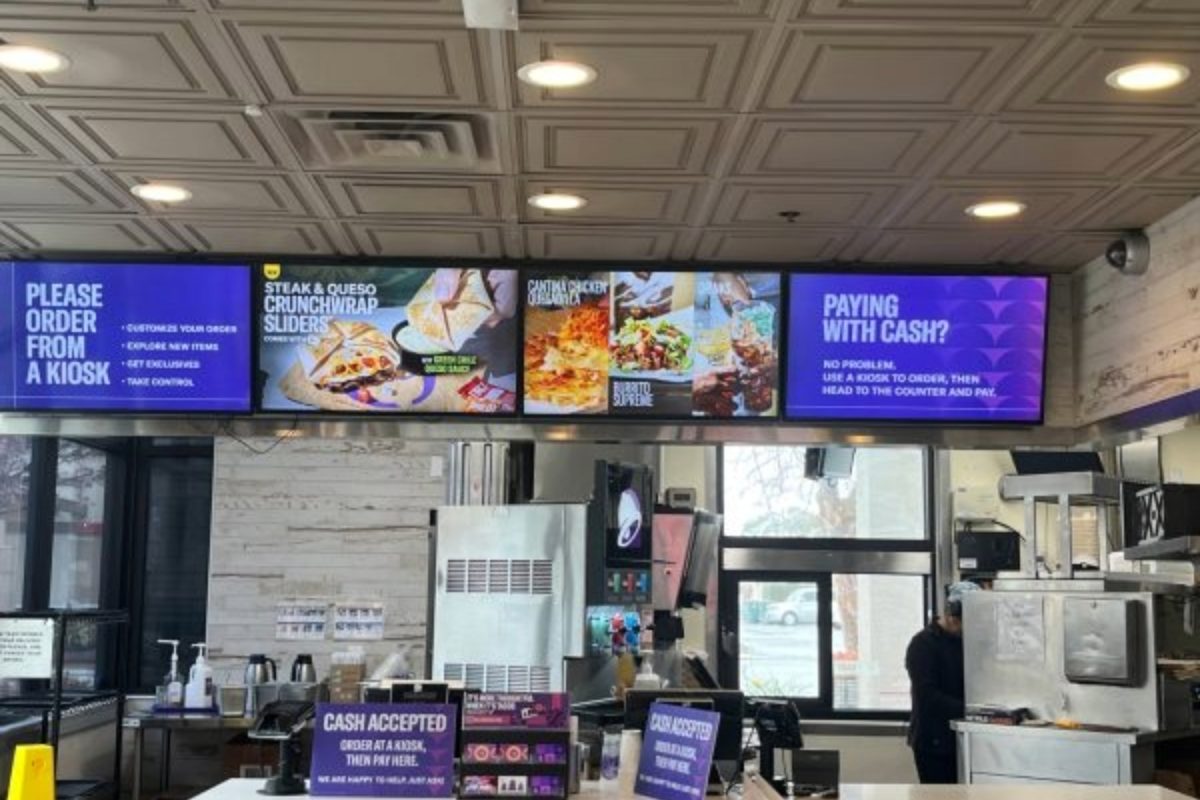When Disney released the live-action remake of “The Jungle Book,” a classic, in 1994, the movie was met with relatively positive reviews. Although it didn’t entirely make sense for Disney to remake a movie released not even 30 years prior, it enhanced to the original production via its use of trained animals.
Then in 2010, Disney released a live-action version of “Alice In Wonderland.” It was logical for Disney to remake this movie; the modern version is 60 years removed from the original and benefits from computer-generated imaging (CGI) because it is able to recapture the somewhat psychedelic imagery of the 1951 movie.
However, the downfall of Disney live-action remakes began in 2015 with the live-action release of “Cinderella.” What ensued was a trend of Disney recycling beloved animated movies and turning them into well-produced but meaningless remakes. Many of these remade films make no sense, even in the context of modern animation technology. For example, “Lady and the Tramp,” (2019), whose only addition to the original story is a level of creepiness, (watching cartoon dogs’ lips meet over a spaghetti noodle is one thing, but seeing CGI dogs kiss is another). Examples such as “Dumbo (2019)” and “The Little Mermaid (2023)” show the redundancy and decrease in the charm of live-action remakes. Some things are better left animated.
Of course, Disney remaking classic films is a completely benign phenomenon. No one is being harmed, and the original magic of the movies, for the most part, translates over. Yet, this wave of live-action films presents a larger set of issues within the film industry: a lack of originality and effort.
It’s unrealistic to expect completely original movies. There are only so many possible stories to craft out of the human experience. But for so many years, Disney was taking classic fairytales and reinventing them, and it was working. So why have they given up? It seems that Disney has shifted its focus from creating movie magic to creating pocketbook magic.
Disney, being the industry goliath that it is, has been turning a good profit for years, thanks to its best-of-the-best storytelling and animation. The only shift that’s occurred is that Disney has come to the realization that to rake in billions of dollars, they mustn’t waste time developing an original story. All they need to do is recreate a past hit.
Despite complaints from its audience, Disney has good reason to continue this practice. The live-action recreations of their films do exceedingly well at the box office. The most unfortunate part of all this is that it openly demonstrates that Disney puts money before their audience. Gone are the days when Disney was committed to making high-quality classics. After all, why should they? They can cut their efforts in half and still come out on top.
The future of Disney productions seems bleak considering the onslaught of announcements for upcoming live-action remakes, including “Moana” which was only released seven years ago. Despite this, there are sparks of creativity remaining in the corporation. While Disney has had its fair share of nearly verbatim remakes, it has also produced a number of live-action films that stray from their original stories, such as “Maleficent (2014)” which took the classic tale of “Sleeping Beauty” and added layers to its iconic villain. Disney has also teased a return to their 2D animation roots, hinting at a possibility of a return to original stories as well.
Though Disney’s newfound obsession with live-action-izing their best-known works is an unfortunate progression, and one that transparently shows the prioritization of profit, at the end of the day, Disney movies are Disney movies. And however much we complain about the gratuitous remaking of animated films, we will likely continue to show up at the movie theater to watch them, thus continuing the cycle.












